
Gretchen Thomas, Wine & Spirits Director for Barteca Restaurant Group, oversees the beverage programs for the group’s two concepts, Barcelona Wine Bar & Restaurant and bartaco.
Both concepts have more than 13 locations each nationally and continue to grow! Gretchen is also in charge of one of the largest Spanish wine programs in the United States for Barcelona Wine Bar. In addition to being a bona fide one-woman Spanish wine ambassador within the country, Gretchen also heads the craft beer programs at all Barteca locations, is a veritable expert on all spirits out there, and recently was in Mexico to taste 80+ tequilas to help develop bartaco’s proprietary tequila, Libélula, which is now being sold in select retail locations.
Some highlights from Barcelona Wine Bar’s cocktail menu include “Henry’s Alibi” (Banhez Mezcal, Cappelletti, Dow’s LBV Port, Angostura Bitters) and “Bourbon Spice Rack” (Four Roses Bourbon, Berto Rosso Vermouth, pure maple syrup, lemon juice, Scrappy’s Cardamom & Lavender Bitters). The best seller at bartaco is definitely their classic “bartaco margarita.”
Chilled sat down with Gretchen who shared everything from how she got her start in the business to where her inspiration comes from. Gretchen also shared her tips and tricks for running a successful beverage program. Here’s what we can learn from Gretchen:

Gretchen Thomas
Photo by Mariel Olivo
Talk to us briefly about your background in the industry.
As a teenager in Kentucky, just to have some spending money, my mom got me my first job at a Chick-fil-A. She chose them specifically because they were closed on Sundays, so I would never have an excuse to miss church. I remember sitting in on that interview, with my mom there beside me, because I was still a minor and she had to be present. That was my start in restaurants, at 14.
Like many restaurant “lifers,” I started out washing dishes and working at the cash register. I ended up as a cook more often than not, really just because I hated being a hostess, and in Kentucky, you have to be over the age of 20 to wait tables and serve alcohol. I was too young at the time, and never able to do that, so to bypass the hostess stand, I ended up in the kitchen. After those first few years in restaurants, when I was gearing up for college, I never thought I would end up back in that industry. I actually pursued performing arts in college, and worked in the tech industry for a time, but sort of knew deep down that wasn’t where I would ultimately land.
I think I eventually realized that I just “fit” in restaurants, and slowly found myself falling in love with the prospect of that being my career. I was motivated. I wanted to learn. I would do anything I could to learn more. I started to get different jobs so I could learn about different cuisines. When I wasn’t learning as quickly as I wanted to, that’s when I made the decision to go to culinary school, at the age of 21. Before embarking on that particular journey, I took a lot of advice from some of the chefs with whom I had worked. They were very clear with me that that this was not a “leisure industry.” This was an industry that would be very demanding of my time, and my family’s time, and I needed to be ready for what I was signing up for.
In 2001, I moved to New York and went to culinary school at the Culinary Institute of America. While I was there, I received a scholarship from the school that sent me abroad my junior year. When I came back, I made the shift to front of the house and that’s when I really decided that wine was my future. I started working as a sommelier in the Hudson Valley while I completed my studies. I stuck around there for a time after I graduated, because I had a good job at a great restaurant that allowed me to stay close to the culinary school, so I was able to continue my wine studies with the Court of Master Sommeliers. Then, I was just ready to move, and move on. I was ready to get out of my safety net.
I found out about Barteca when I was “company hunting” for my next spot, and so I jumped to Connecticut and took my position here in the early part of 2006. That’s essentially my background in the industry. I really have been all over in many positions in restaurants. I’ve been in the beverage industry for 15 years and even doing other versions of that – brand ambassador, sales, importing – but that stuff just doesn’t interest me. I want to be in restaurants. There’s something about being in a dining room that works for me. I can’t imagine myself doing anything else.

Gretchen Thomas behind the bar
Photo by Mariel Olivo
Tell us about the beverage program in your group/bar. What is the inspiration for the drinks you create?
Barteca, as you probably know, encompasses two concepts: Barcelona Wine Bar & Restaurant, and bartaco.
Barcelona Wine Bar & Restaurant is a tapas bar inspired by the culture of Spain. The menu is constantly evolving, and really focuses on clean flavors, seasonal ingredients, specialties from Spain and the Mediterranean, and rustic small plate presentations created by our chefs. Barcelona was founded in Connecticut in 1996 and now has restaurants in Connecticut, Georgia, Massachusetts, Tennessee, Philadelphia, Virginia, and Washington D.C.
Inspired by a healthy, outdoor lifestyle, bartaco combines fresh, upscale street food with a coastal vibe in a relaxed environment. Bartaco is specialty cocktails crafted with freshly-squeezed juices, beer out of a bottle, and hand-held foods delivered on metal trays. There are 15 bartaco restaurants in Alabama, Colorado, Connecticut, Florida, Georgia, New York, North Carolina, Tennessee, and Virginia.
There’s really an overarching personality of the beverage program over both concepts. Integrity is most important to us – we want to be offering the best possible cocktails, the best possible wine, the best possible beer, all really with value in mind. We are not looking to be the “expensive” place, we are looking to be the value place. That doesn’t mean “cheap,” we just mean you are getting great value for your money.
The bulk of my work is really asking (and trying to answer) these questions: How do I make magic happen? How do I make things awesome, and profitable, and make guests feel like “wow, I just got a great deal!”?
Obviously, there are differences between the two concepts just by nature. bartaco is a little tighter, and smaller in scope. The program is more cocktail heavy, and the margarita is the most important thing on that menu. Perfecting super simple drinks is important at both concepts, but at bartaco, we are taking very classic Tiki and south-of-the border cocktails and really just making them perfect, and crave-able. We make them really fresh, using in-the-moment squeezed juices which is really unique. There’s also a great ice program there, which might not be something people think about. We are getting to the point where we have all custom wines for bartaco which is exciting. We also have a really fun craft canned beer program and some of everyone’s favorite Mexican beers. The beverage program at bartaco is small, so we can do a lot of volume with limited things. Then of course, tequila and mezcal are everything to us there. As the years go on, I find that people are drinking more and more of both of those things, which makes me really happy.
At Barcelona, wine is really the focus. The wine list is extensive, and we want to offer a large variety of flavors, lots of regions and all sorts of stories. Our wine list is really a novel of the incredible things happening in the world, particularly in Spain and South America. There’s a fairly limited beer program – we’re not looking to be the geekiest beer menu in town; more looking to be accessible, because really, people are coming in for the wine.
The cocktails at Barcelona are classic, Prohibition Era drinks. Usually, you are going to see some element of sherry, vermouth or port in some part of the drink (we have a little bit of the old school European thing going on). The same kind of love and care goes into the drinks at Barcelona as is the case for bartaco, and there’s also a lot of Spanish influence there. Take the Gin & Tonic for example, or I should really say GinTonic. Being a Spanish restaurant, I don’t think you can get away with not having a proper GinTonic on the menu. It’s for that same reason that we have to have a margarita at bartaco!
Any tips/tricks for running a successful beverage program?
One is – get your priorities straight. I’m very fortunate to work for a company that really prioritizes the guest experience. I’ve worked for other companies that really just prioritize the P&L, rather than working to “wow” their guests; they are just looking to make it fast and simple, and also not really devoting a lot of time to training. They do deals with large suppliers because the suppliers are willing to print their menus if their products are on the menu.
One of my tricks is making sure that all of that is absolutely not happening. I get offered that sort of thing all the time but I don’t take it. I’m not going to marry our beverage program to some supplier because then I won’t be able to change the menu tomorrow when I want to! The only people that matter to me, to please, are the guests, and I like the freedom to make the appropriate decisions that I feel will lead us in that direction.
The integrity of the beverage program is most important. Approach your beverage program with that in mind, and you will see it come out in sales. Also, your staff will really buy into that. They’re not going to buy into a cocktail menu if X beverage company is paying you a certain dollar amount to feature their product. Training is also a huge part of running a successful beverage program, I think. And it just never stops. If you’re not creating cheerleaders for the program from within, then it’s going nowhere. To sum it up, making all your purchasing decisions with integrity in mind and properly and continuously training your staff: that will lead to success.
The post Gretchen Thomas Knows How to Run a Successful Beverage Program appeared first on Chilled Magazine.
Source: Mixology News
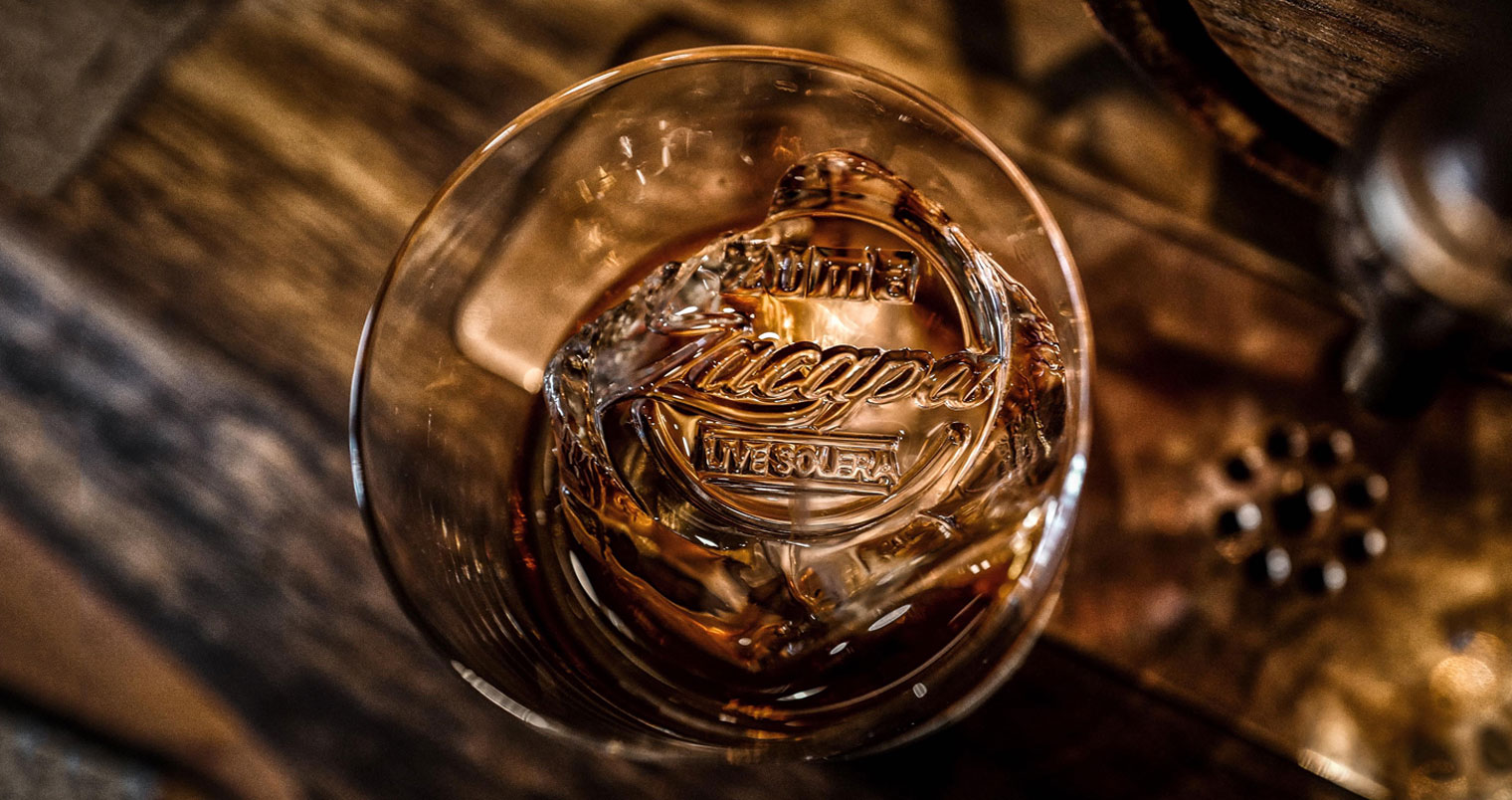





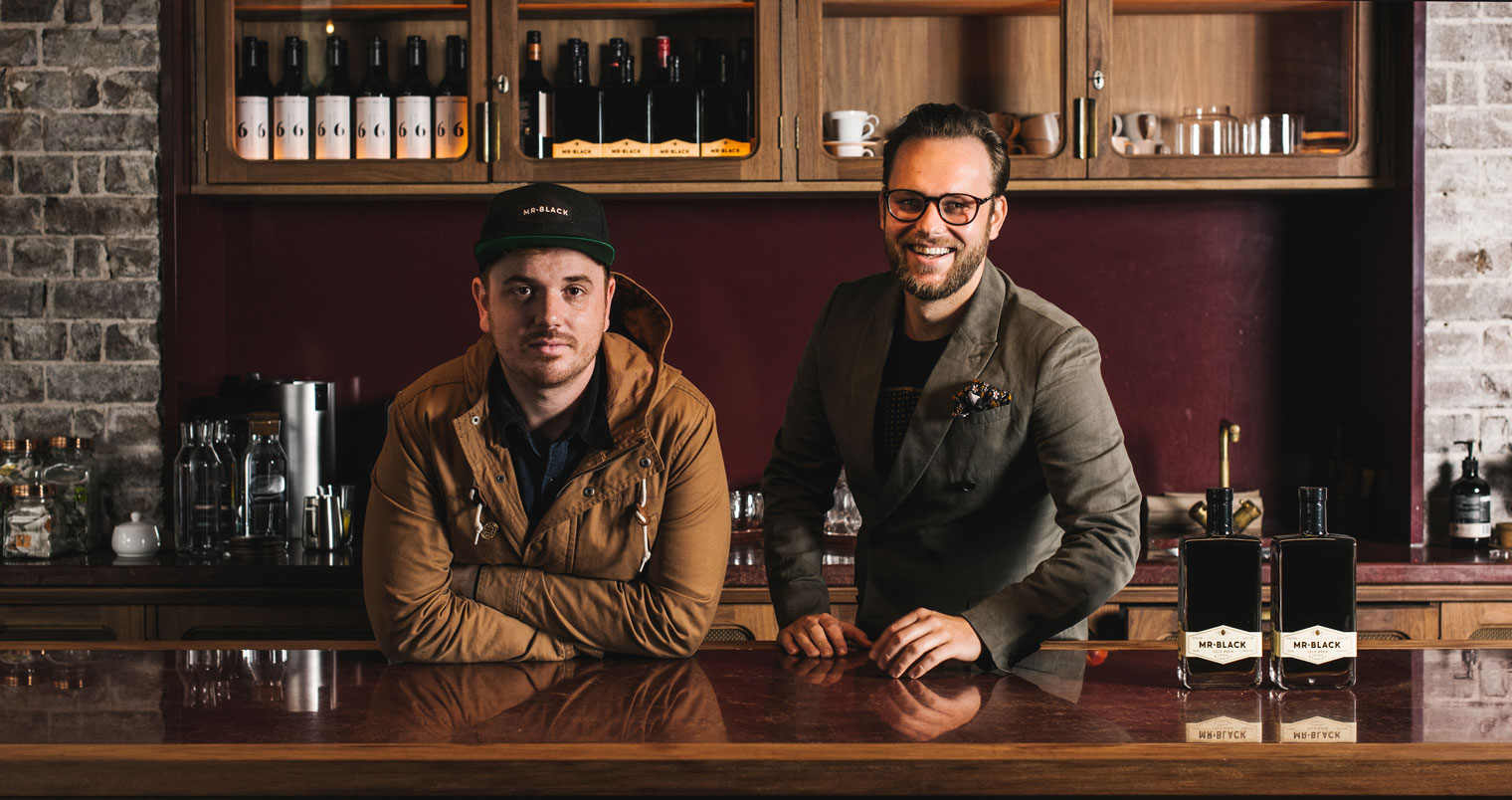

















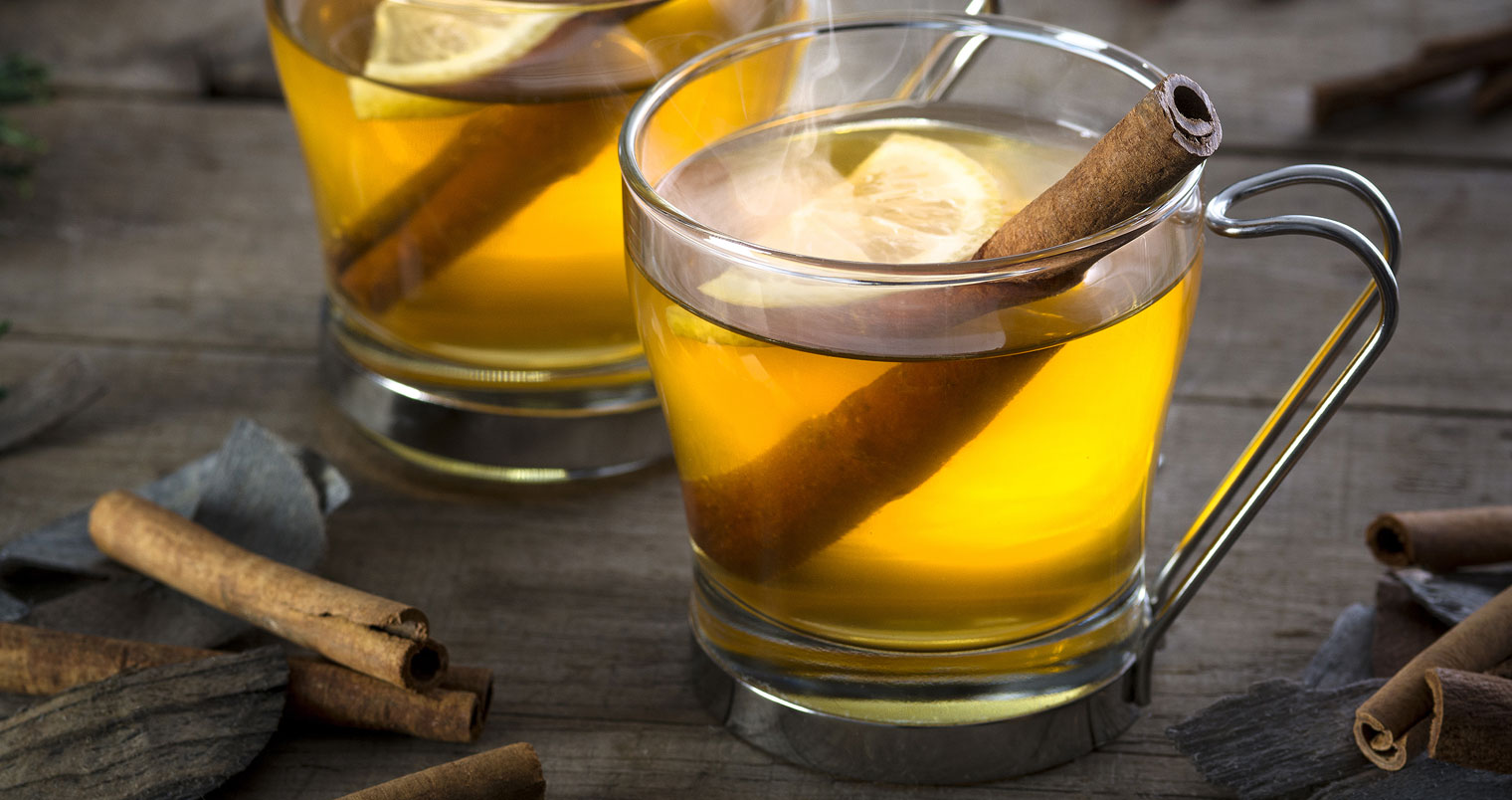


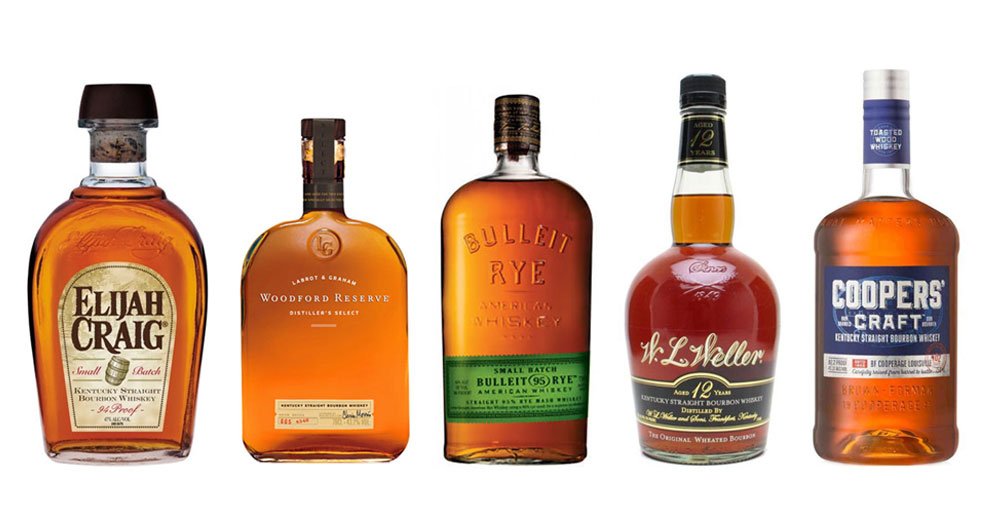






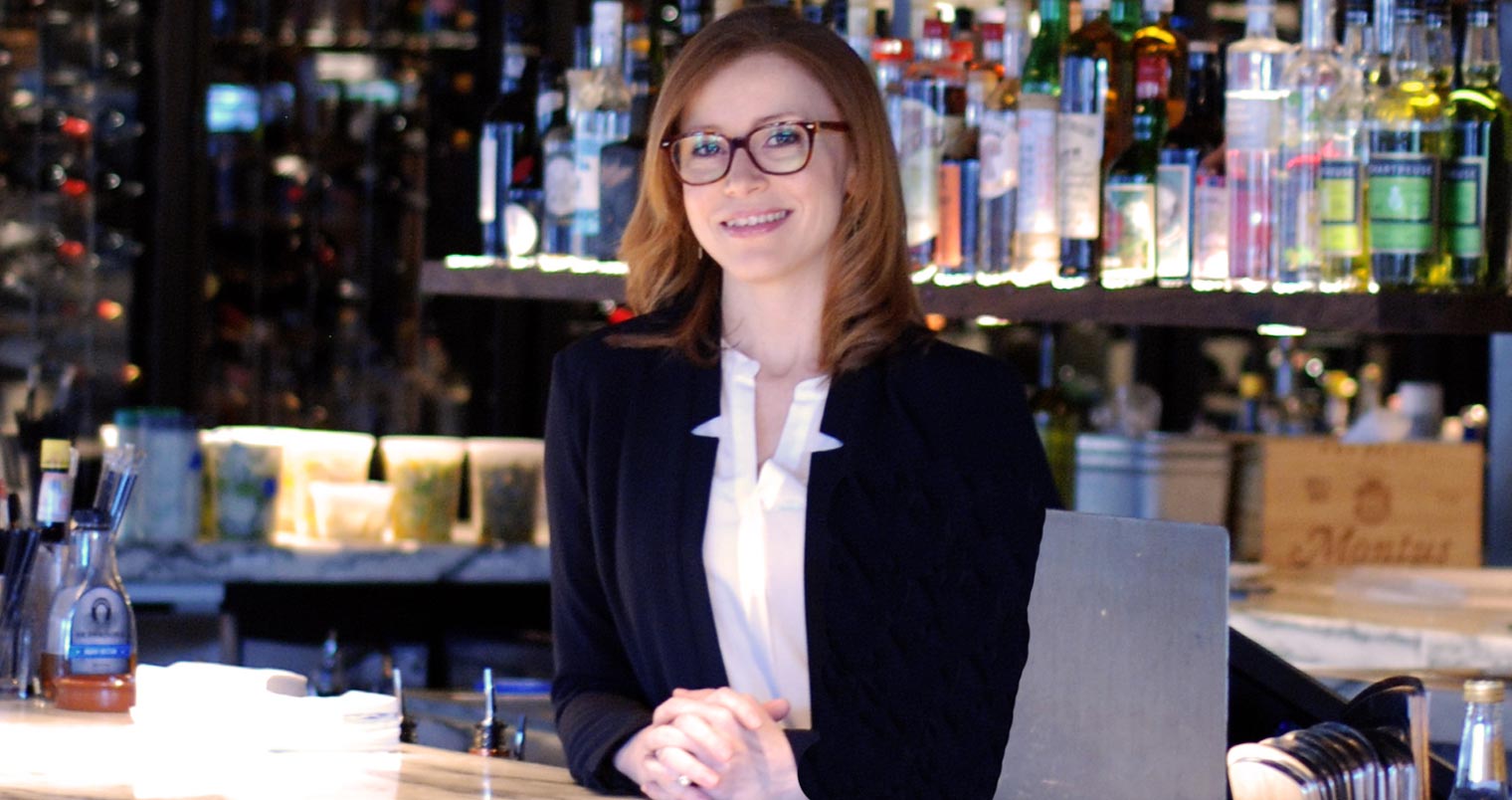



Recent Comments